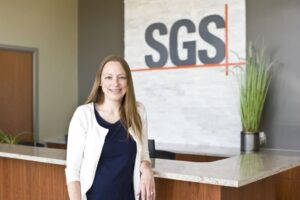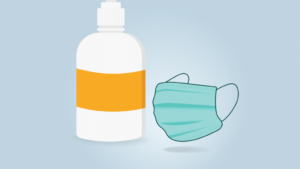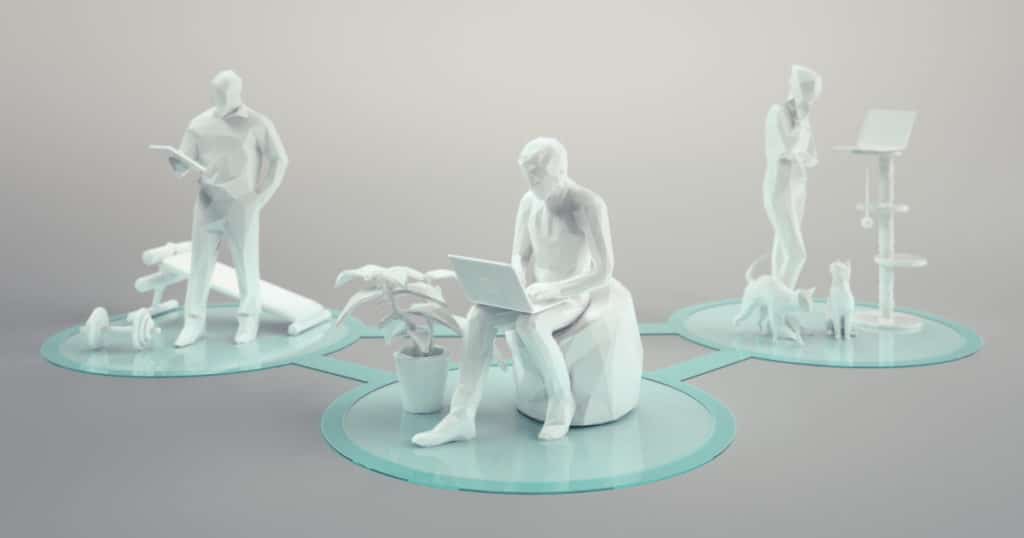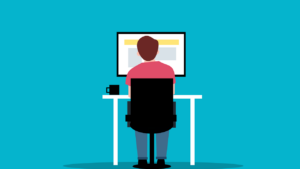Working in a laboratory setting is a challenge these days, to say the least. We talk to two experts on how to play it safe when in close quarters.
Jennifer Scott remembers vividly the day the World Health Organization declared COVID-19 a global pandemic. She was on her way home from Winnipeg on a plane, having just finished a seed grader course. She teaches between four and six of those courses across Canada every year.
“Audits and inspections have always been done in person. When the pandemic hit, it totally changed how audits and inspections were done and in April of 2020 we had to make those changes very quickly,” she says.
Scott has worked in the Canadian seed industry since 1997. As manager of client programs with Seeds Canada based in London, Ont., she’s responsible for three major initiatives: the oversight of the seed program that Seeds Canada delivers on behalf of the Canadian Food Inspection Agency (CFIA); the identity preservation and food safety programs it delivers on behalf of the Canadian Grain Commission; and the organic certification program delivered on behalf of CFIA.
Scott designs the tools that auditors and inspectors use in terms of forms and policy, and she also has overall responsibility for the training of all Seeds Canada auditors and inspectors across the country.
She says doing her job when the pandemic hit was a whole new ball game. Workplace safety both for Seeds Canada auditors and their clients became more crucial than ever, and Scott found herself navigating a complex array of public health requirements depending on where she found herself.
For Scott, doing audits and inspections in the age of COVID means being flexible.
“We conduct business across Canada, and that means that you’re dealing with provincial health regulations in a lot of different jurisdictions. In Ontario, we’re split into public health units. Each public health unit can operate as its own entity and have its own requirements. Our instructions to our auditors and inspectors from the beginning was to be mindful of what’s required of you by law where you’re working.”

For an auditor to go on-site, both they and the client had to feel safe.
“Some companies have a policy of not allowing anyone who’s not an employee on the premises, and that has to be respected. Some people have health concerns, which can be a factor. Our organic farm inspections are mainly done outside, which made it a lot easier, of course.”
The good news was that modern technology allowed Seeds Canada to do its audits and inspections remotely.
“I wasn’t sure how this would all work out in the beginning, but we are able to carry out very effective remote audits and inspections. I myself have done three or four lab audits remotely, making use of the technological tools that we have to facilitate that. Depending on how things progress with future waves of the coronavirus, the remote option is going to remain viable for the foreseeable future.”
Amanda Ver Helst experienced the same need for flexibility. The director of operations for SGS based in Brookings, South Dakota oversees the world’s largest independent seed testing laboratory looking at seed germination, measurements, vigour, purity, specific traits, and many other metrics used to measure seed quality. SGS also has an analytical chemistry laboratory where staff analyze components of grain feed and other commodities.
The high-throughput laboratory in Brookings comprises about 68,000 square feet and employs about over 100 full-time people.
“When COVID first began there were a lot of concerns. Obviously, we couldn’t just switch all our staff to remote work. People can’t just build a lab in their home. So, we had to address that situation right away,” Ver Helst says
First, SGS looked to see what jobs it could move to remote setups to keep staff as safe as possible. That meant analyzing each individual role. For those who had to remain in the lab, safety protocols were developed in the event an outbreak took place.
“We had to ask ourselves what would happen if there was an outbreak in our lab, and what we would need to do in that situation. We ended up splitting our staff into two separate shifts, which didn’t have physical contact with each other. That way, if we did have an outbreak on one shift, we had another shift to come compensate for that,” she says.
“There was a lot of navigating work-life-family balance. With schools being shut down and kids at home, our staff had to have the flexibility to manage their personal schedules as well during that time. At the same time, we had to keep our business open and operating at full capacity.”

But how do you keep a business running during a global pandemic? Having a dedicated team is a crucial, says Ver Helst.
“We took a hard look at our business and where the holes would have been if we would have had an outbreak, what we would have had to do in that situation. We started by following all of the Center for Disease Control measures that had been put in place. We took a look at the daily traffic patterns in our laboratory, where our personnel were moving around, so we could easily track them if we did have an outbreak,” she says.
“Contract tracing was important. We put mask mandates in place and started doing daily temperature monitoring. We helped staff to understand that if they didn’t feel well, that they were to stay home. We were able to offer some additional benefits to aid in that as well.”
Such careful measures have led to long-term benefits for SGS, she adds.
“We saw a significant decrease in sicknesses across the board. We’ll definitely be relying more on virtual communication with clients as time goes on as well.”
Scott and the Seeds Canada team have seen the same benefits.
“I haven’t been sick and a year-and-a-half; it’s amazing what wearing a mask and washing your hands more often can do for you. I find with remote audits and inspections, I’m able to do more than I could if I had to travel. When you travel physically, you lose a day getting there and a day getting back home. I can easily see there being more remote activity that becomes a permanent part of our job,” Scott says.
“You can’t do it all remotely all the time, of course. There are times when you have to be there physically, but virtual communications definitely have their place in what we do.”












